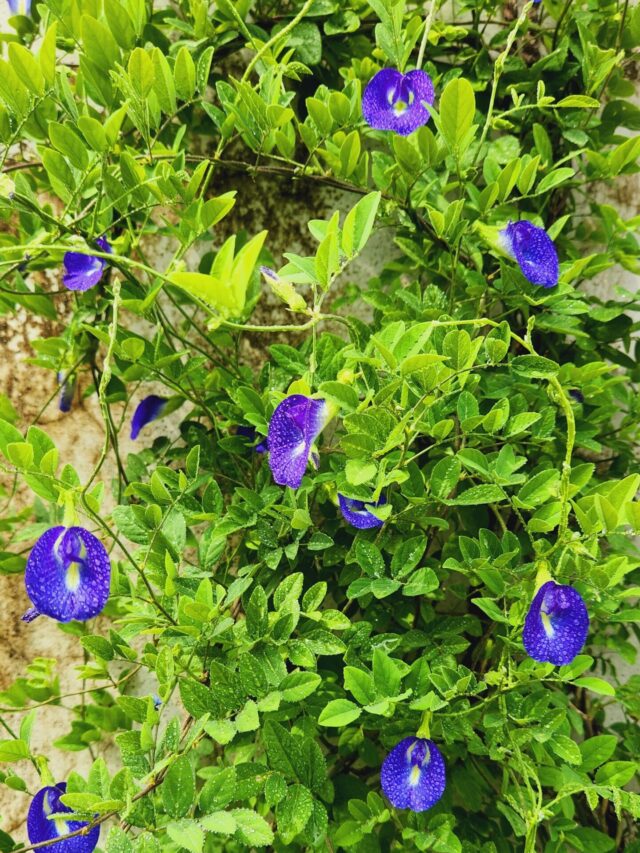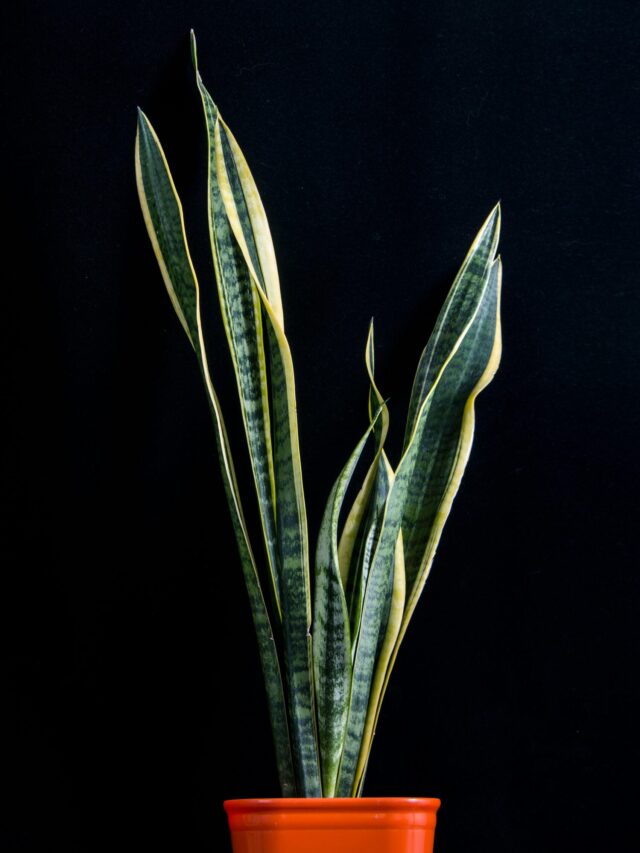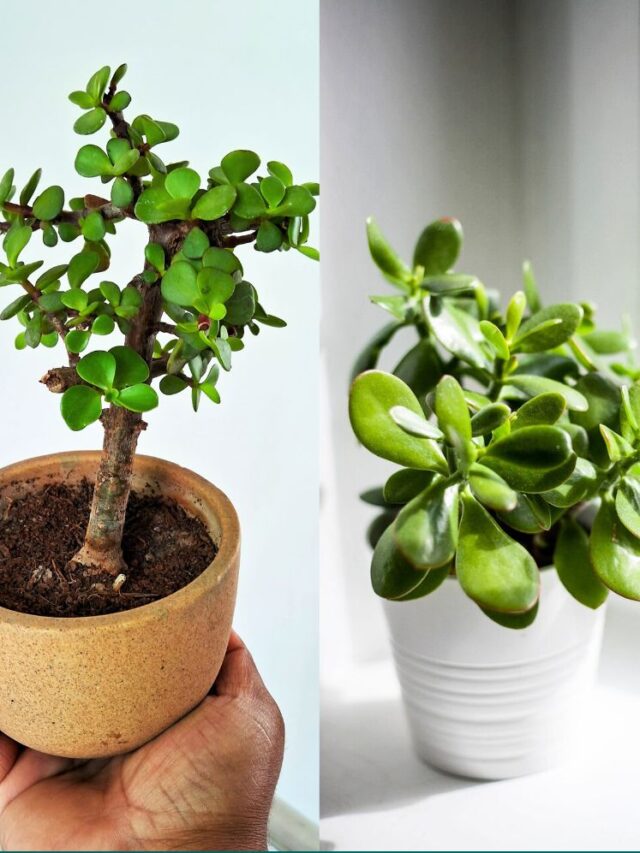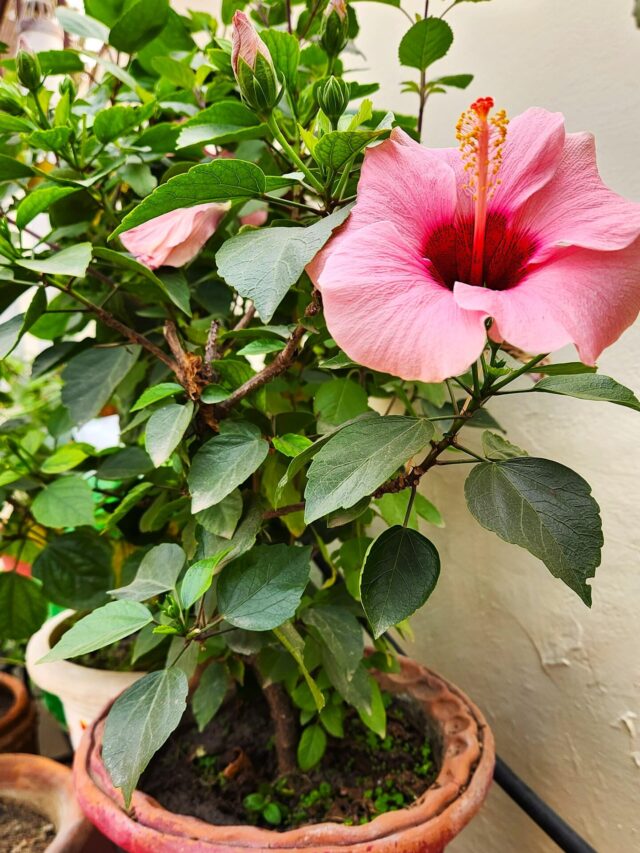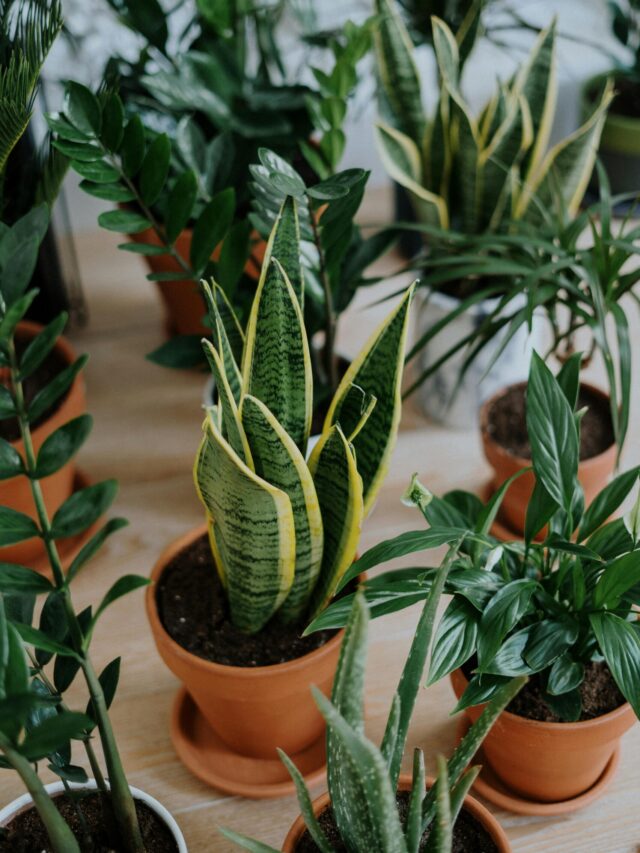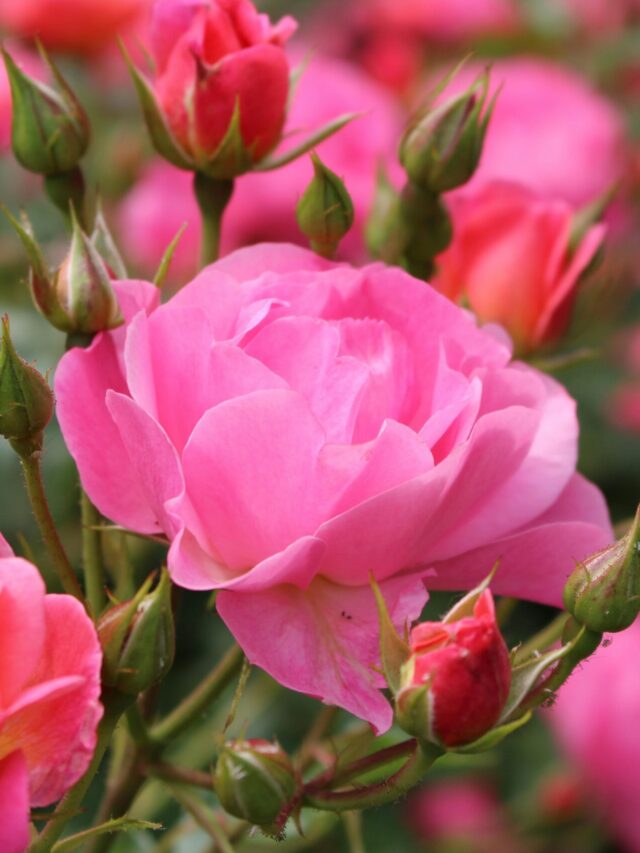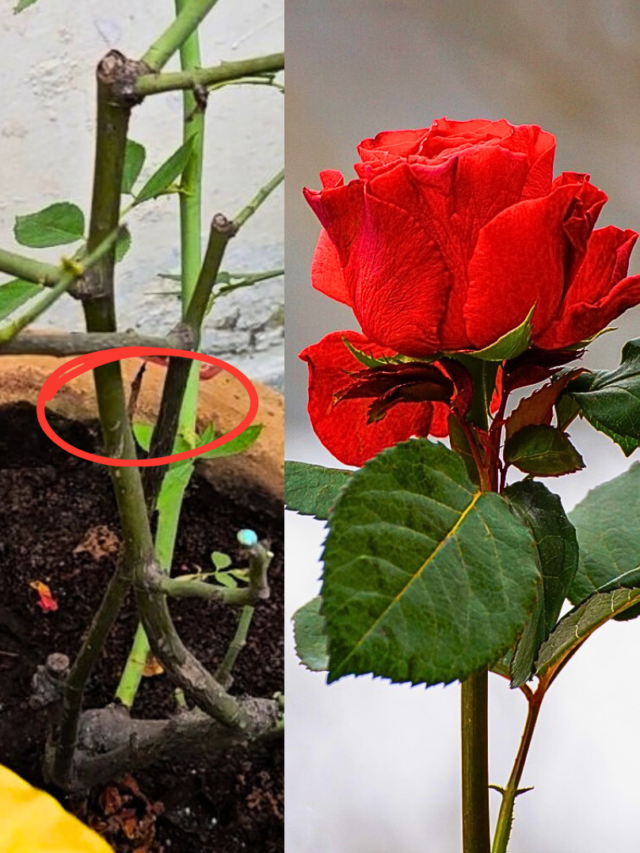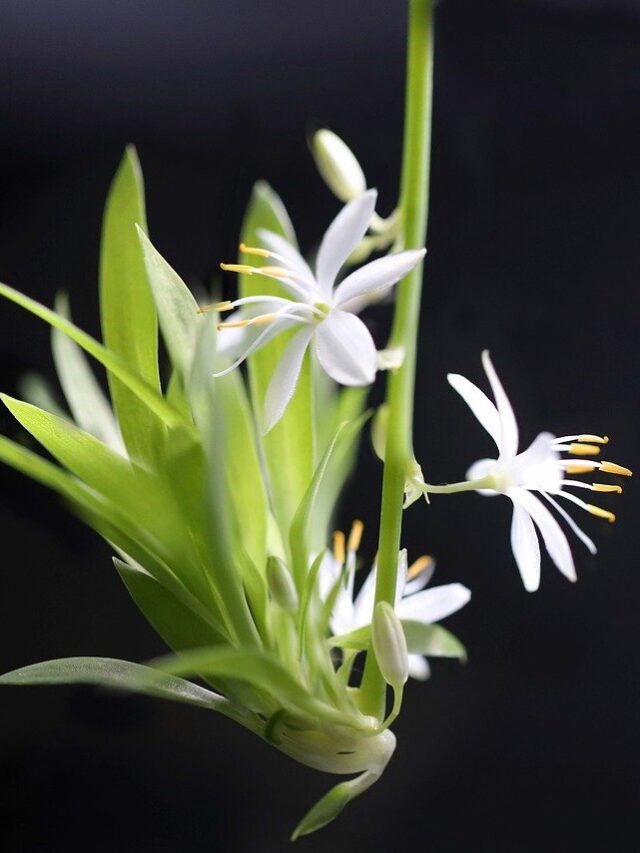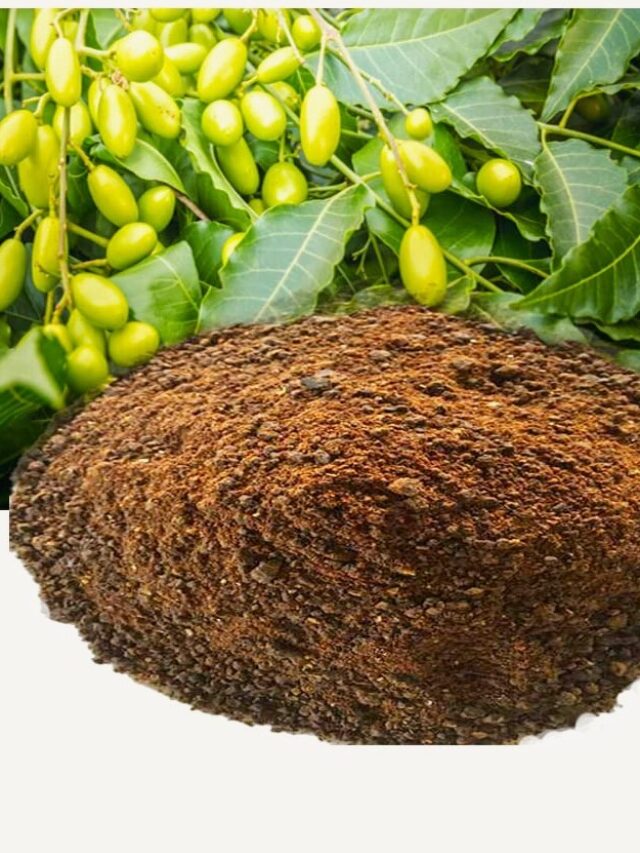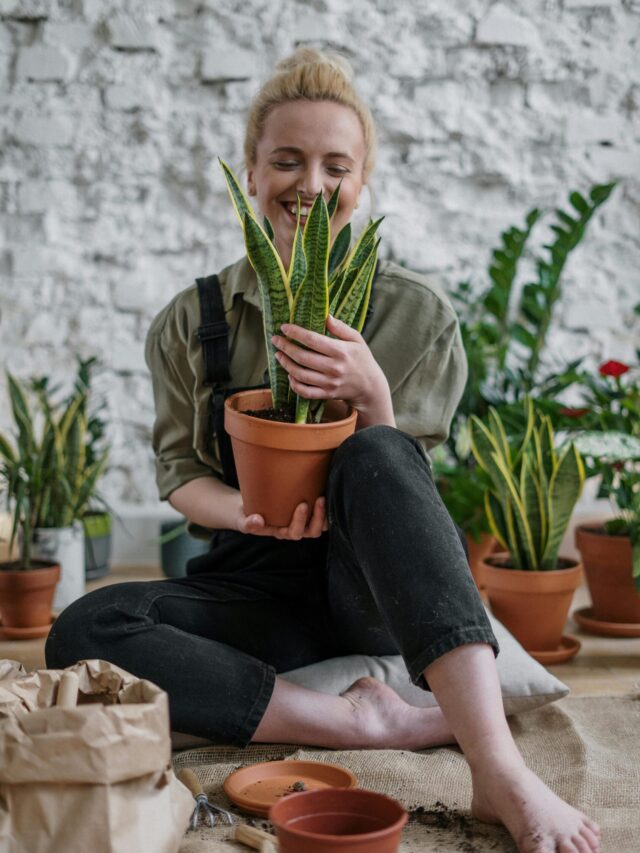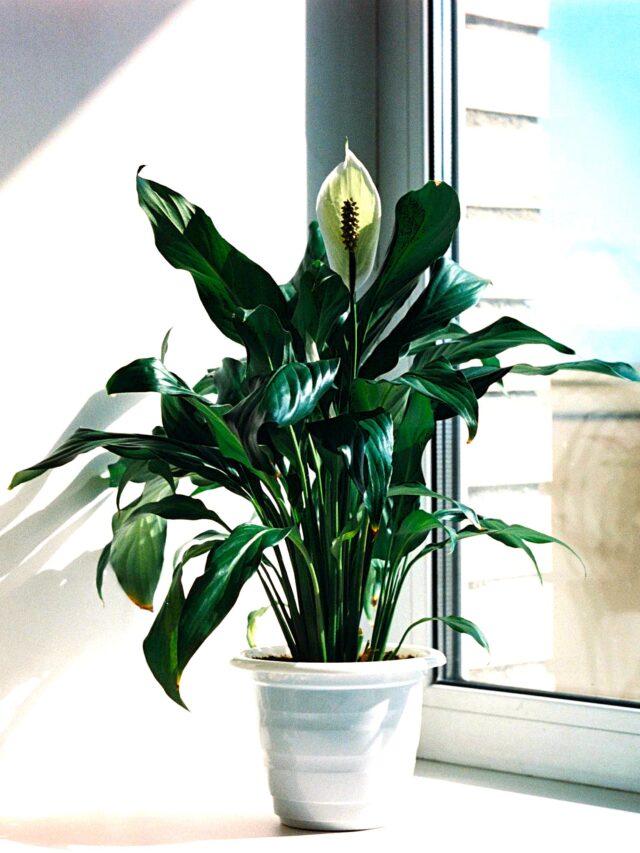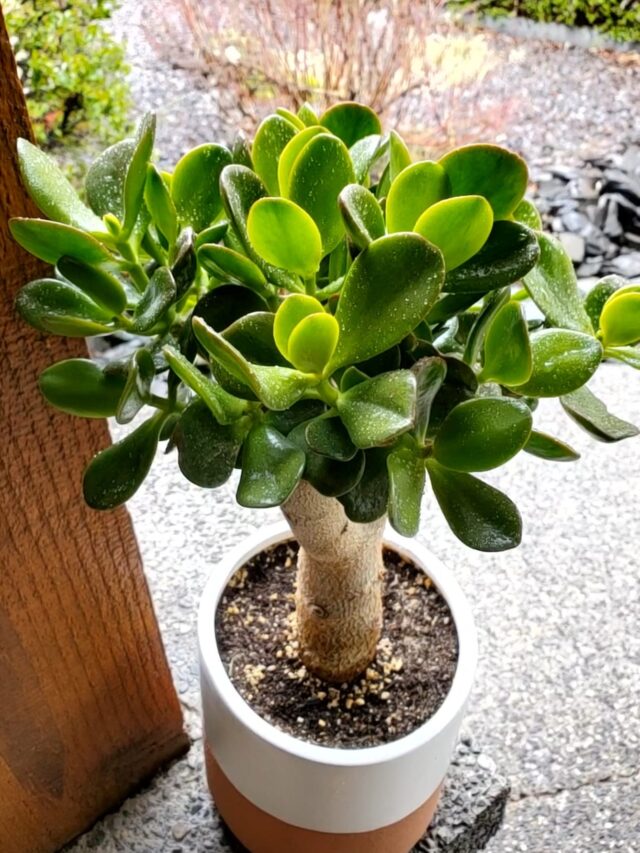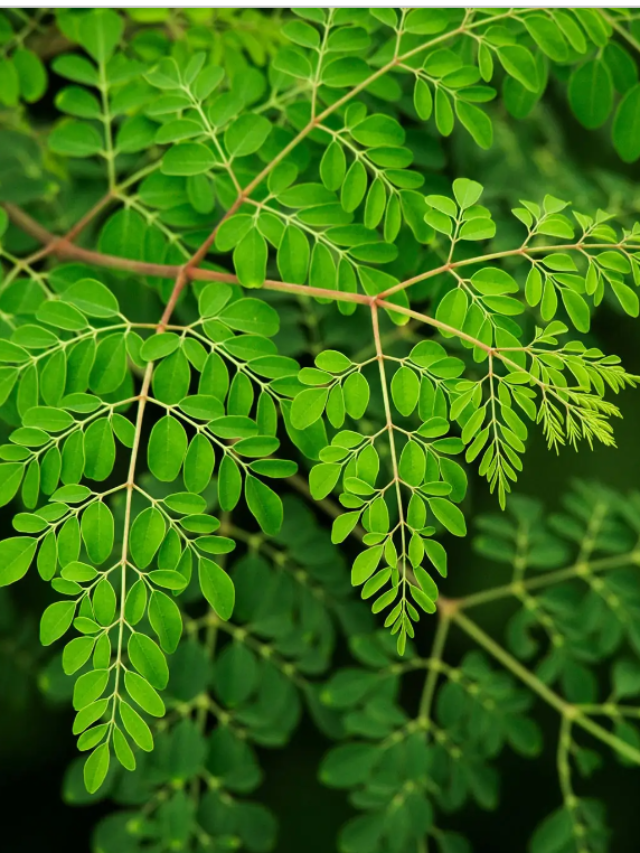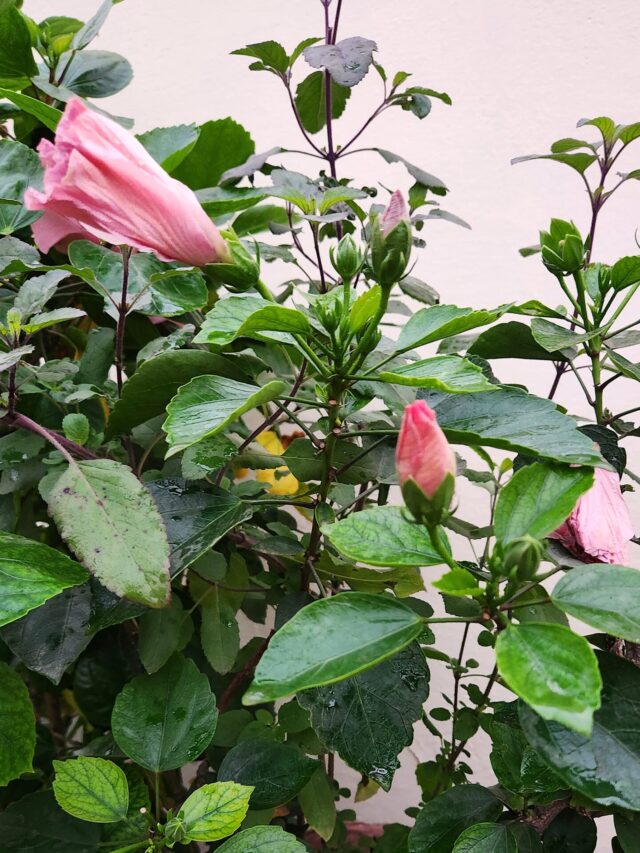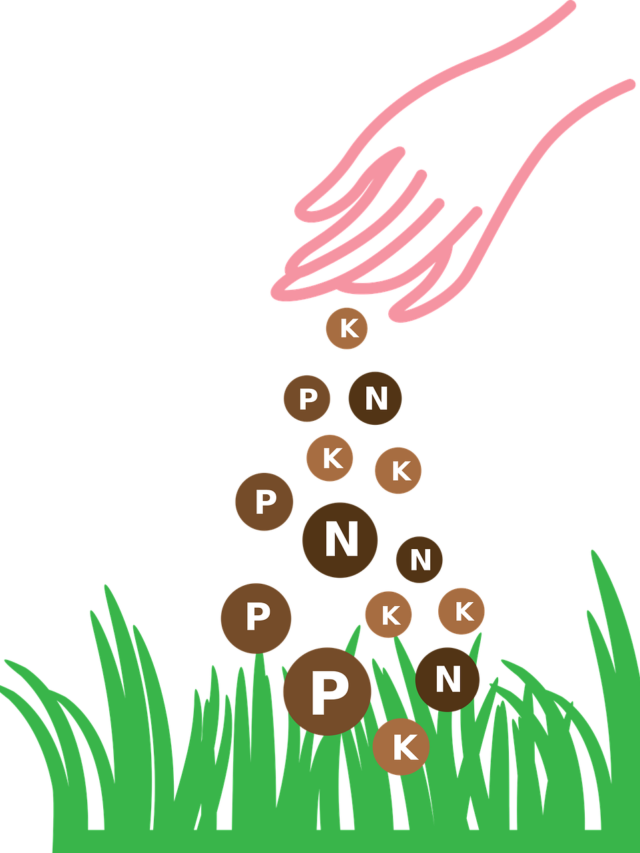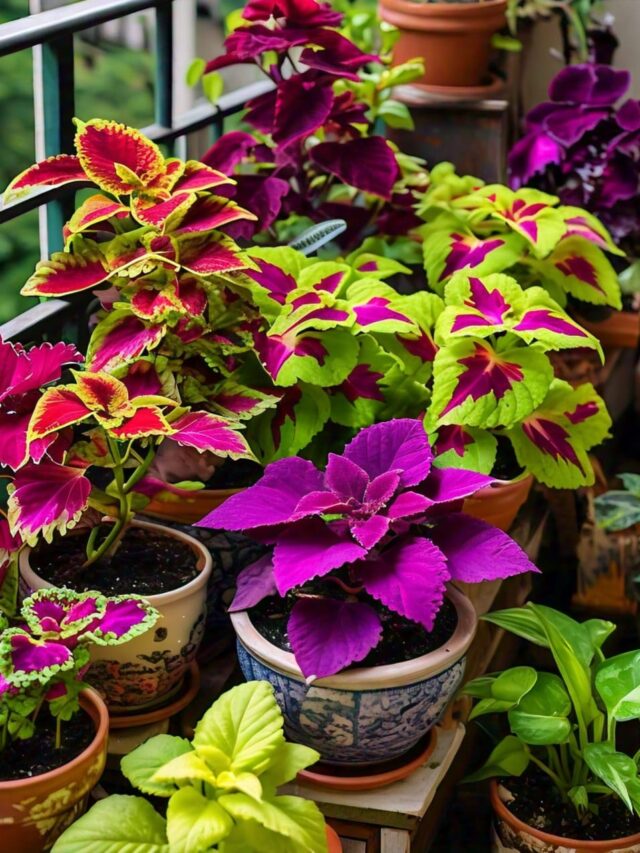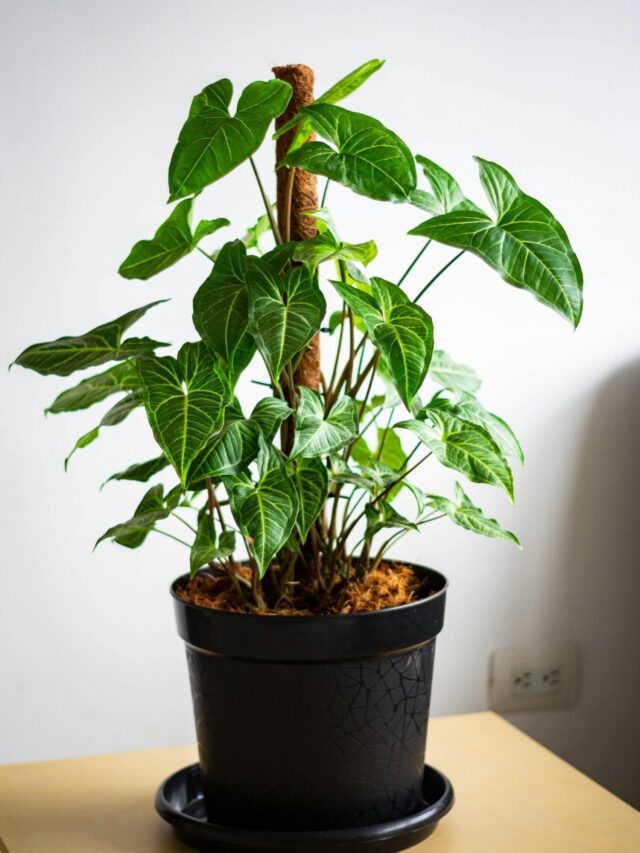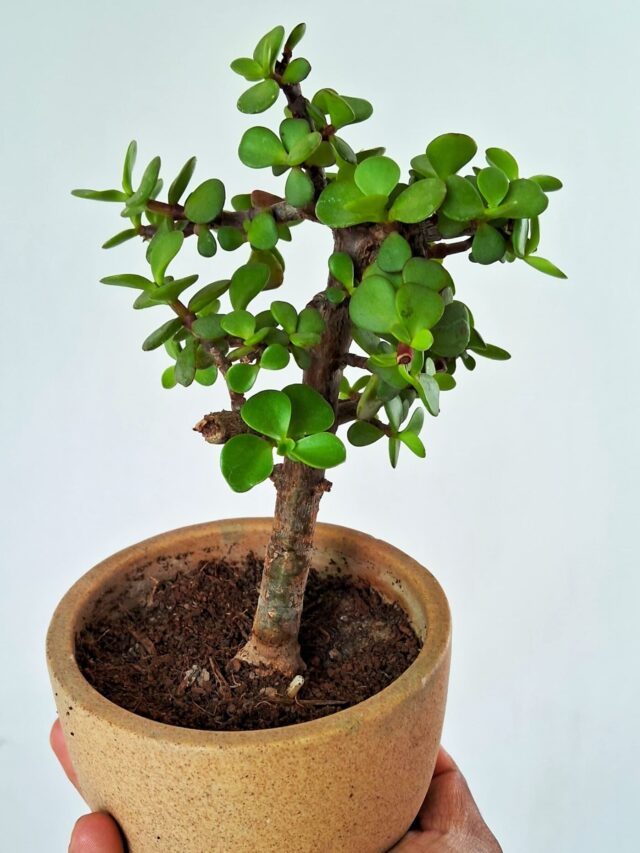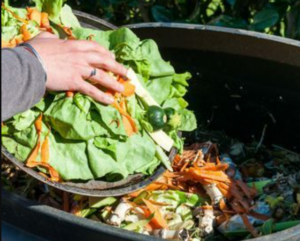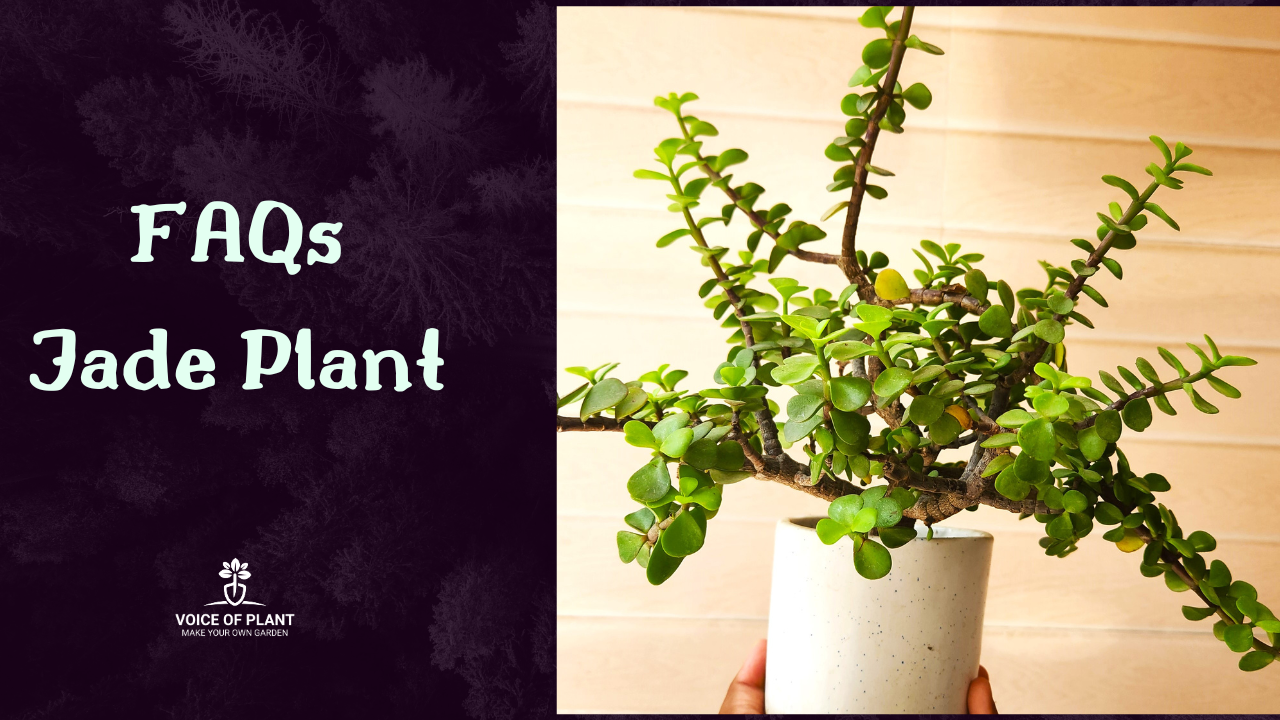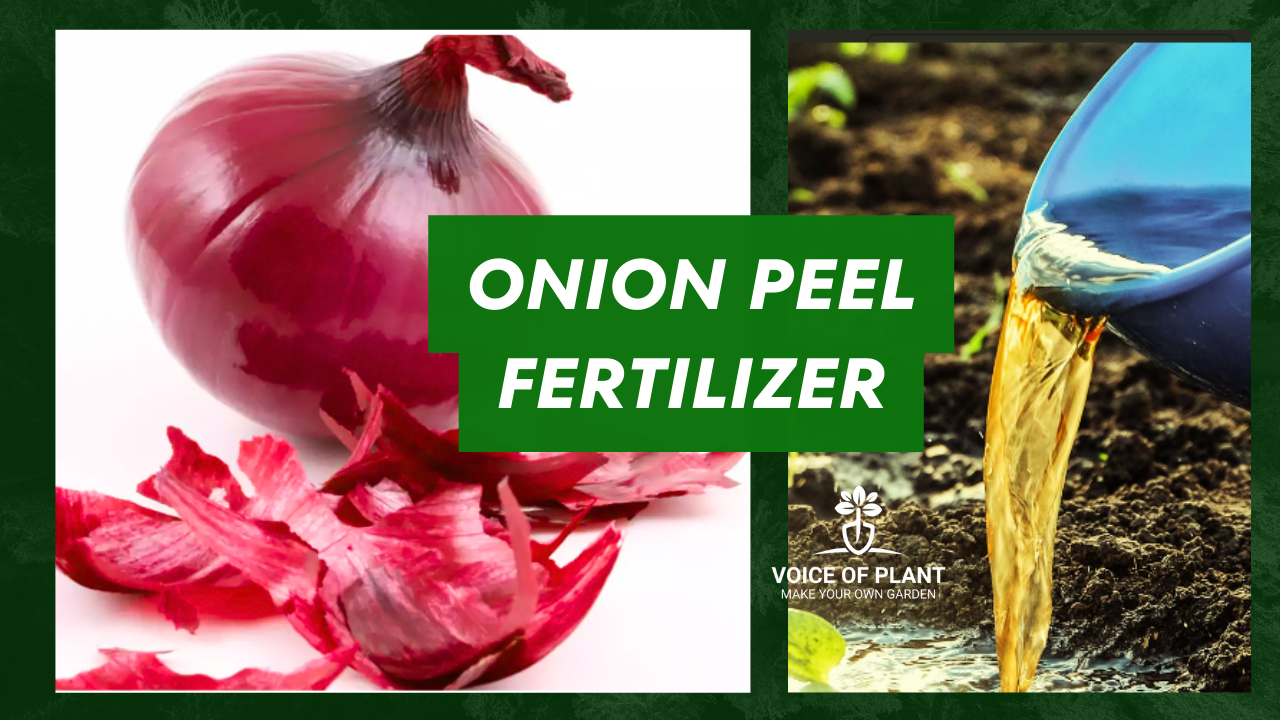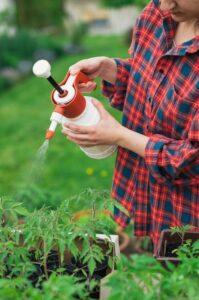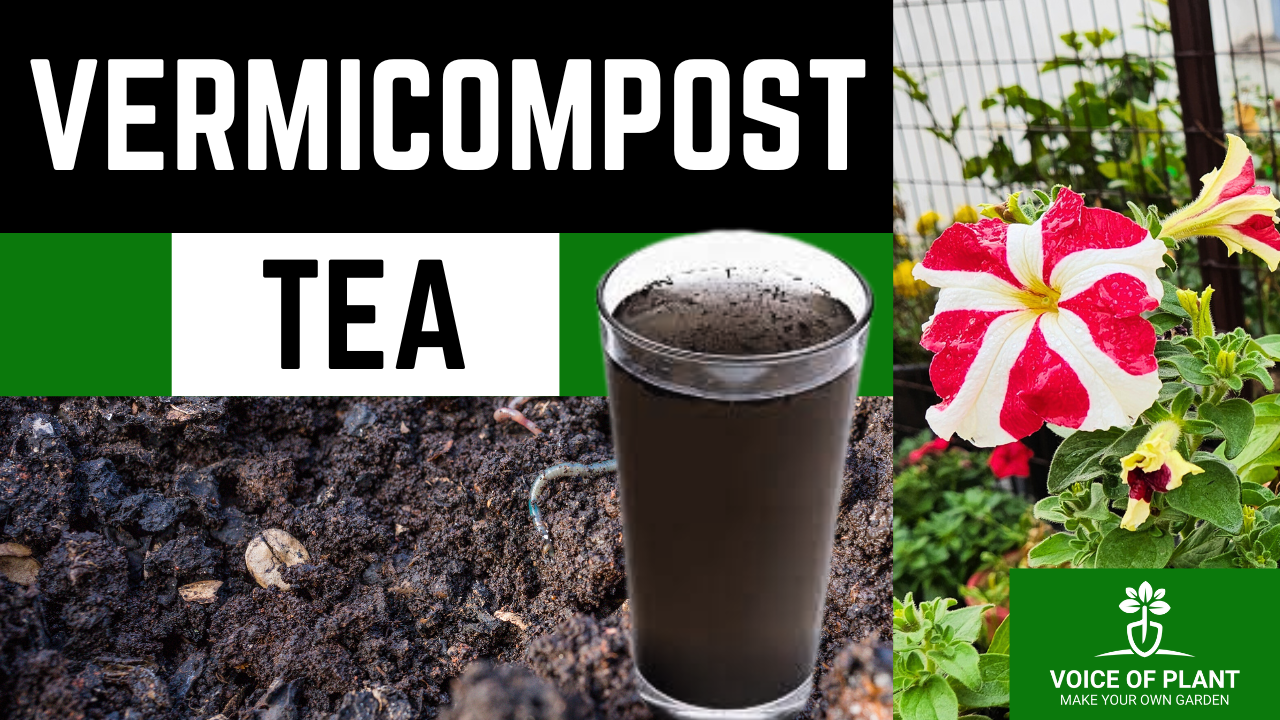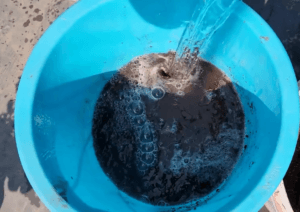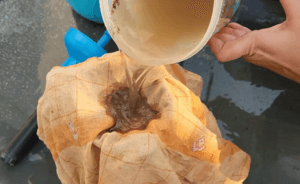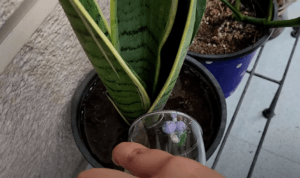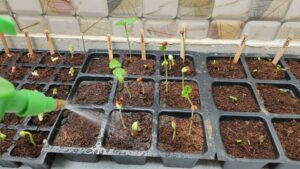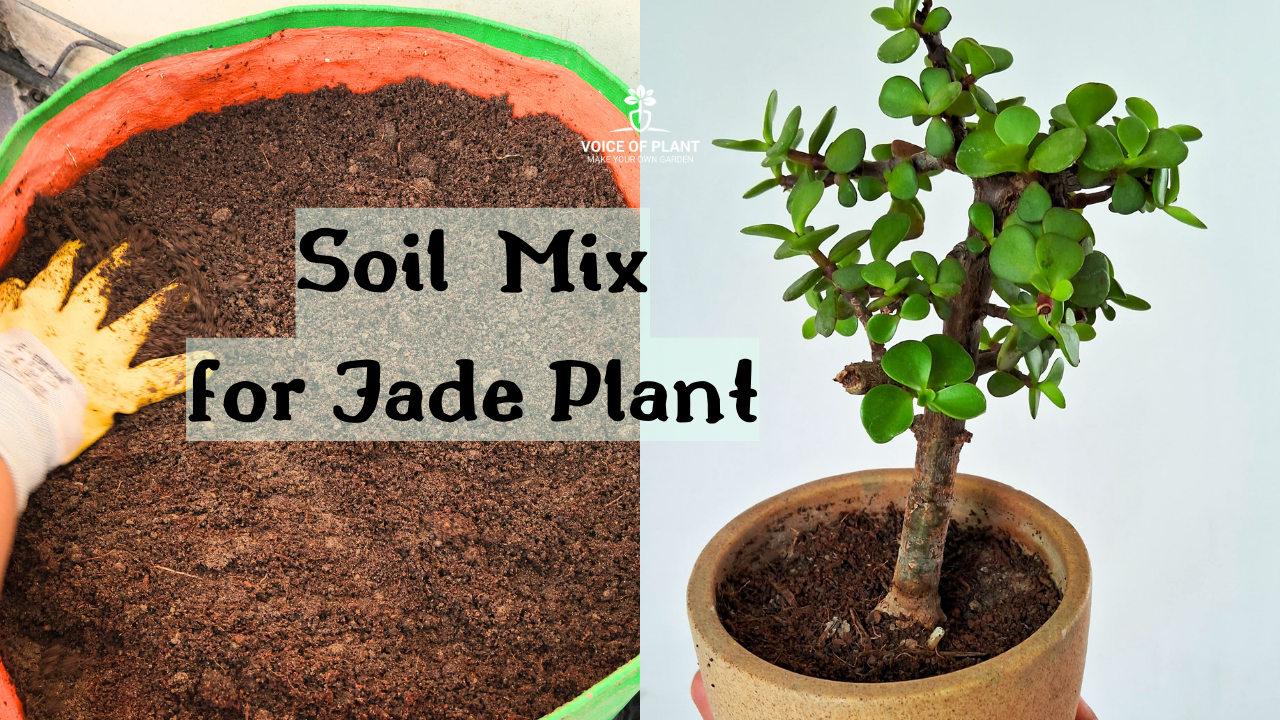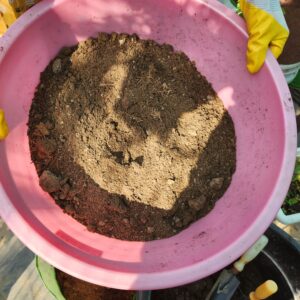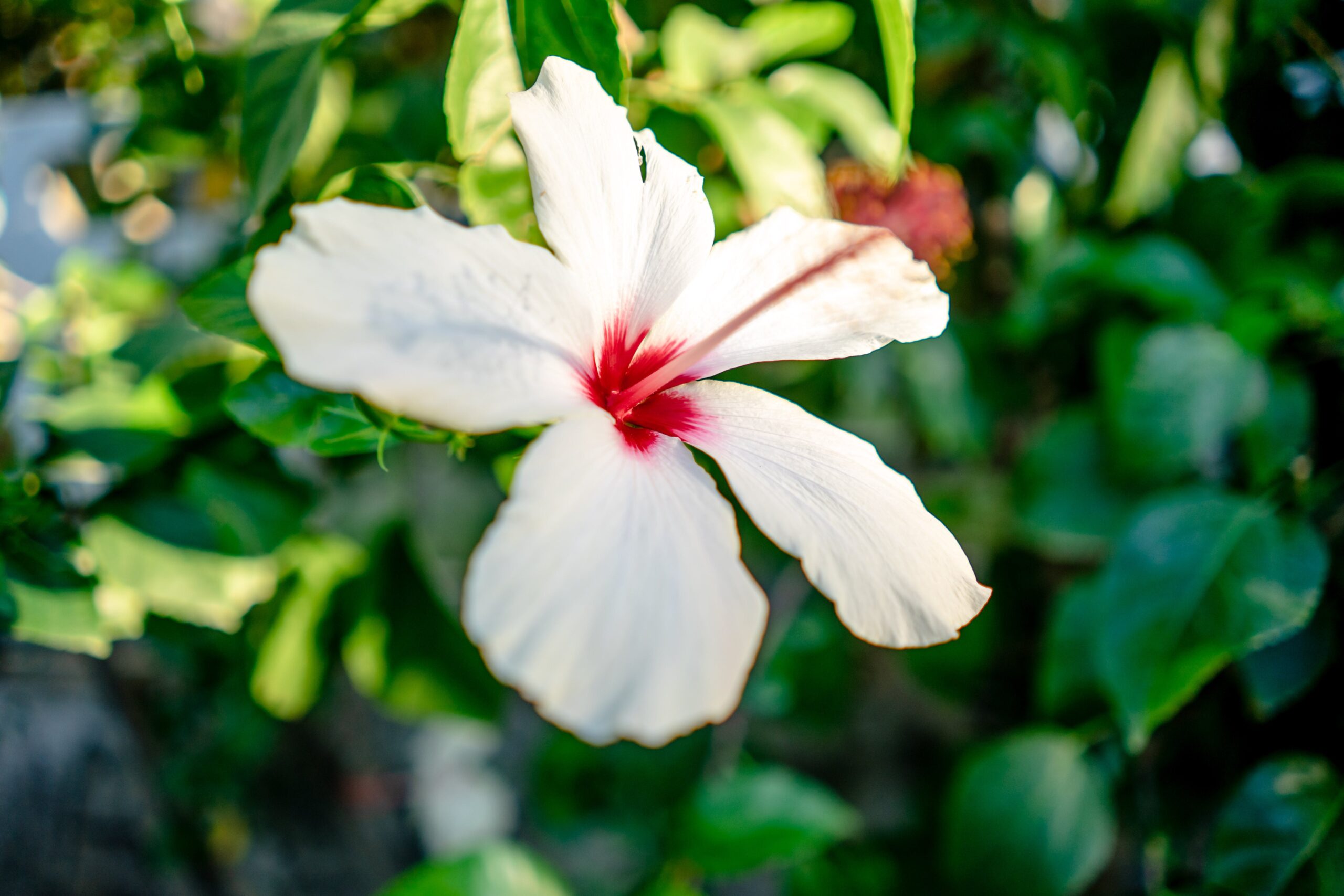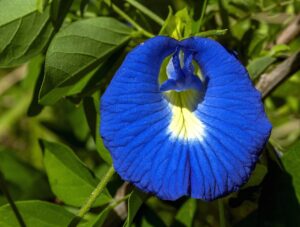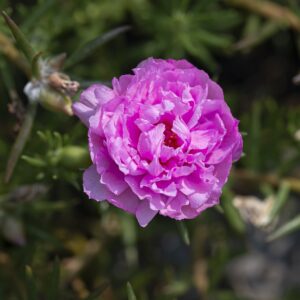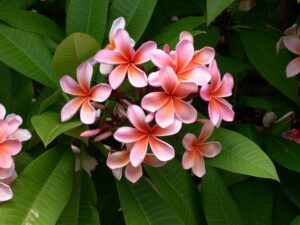Propagation of Jade plant
Jade plants, known for their succulent leaves and resilience, can easily be propagated from cuttings of a mature plant.

If you have a large Jade plant, you can propagate more Jade plants by taking cuttings from the mature plant.
How to Propagate Jade Plant from Cuttings
1. Select a Healthy Cutting:

-
- Choose a thick-stemmed, healthy cutting from the parent plant. The cutting should have several leaves and be free from any signs of disease or damage.
2. Make a Clean Cut:

-
- Using a sharp tool such as a blade, knife, or scissors, make a clean cut to remove the chosen cutting from the parent plant.
3. Prepare the Cutting:
-
- Strip the leaves from the lower part of the cutting. This section will be buried in the soil and should be free of leaves to promote root development.
Planting Methods
Now, you can choose one of the two methods for planting the cutting:
1. Propagate Jade Plant from Cuttings in Coco peat

Coco peat is an excellent medium for propagating Jade plants due to its moisture retention and aeration properties.
(i) Prepare the Coco Peat:
Mix the coco peat with a small amount of fertilizer to provide nutrients for the cutting. Ensure the coco peat has a slight moisture content. If it’s dry, add water until it’s moist but not waterlogged.
(ii) Plant the Cutting:
Fill a pot with the prepared coco peat mixture. Gently plant your cutting into the coco peat, ensuring it is placed slightly deep in the pot.
(iii) Care for the Cutting:
Since the coco peat is already moist, avoid watering immediately. Place the pot in a location where it can receive direct sunlight. New leaves should start to appear within a few days.
2. Propagate Jade Plant from Cuttings in the Soil

Using soil from an existing potted plant can also be effective for propagating Jade plants.
(i) Prepare the Soil:
Use soil from a pot that already has a plant growing in it. This soil will have the necessary nutrients and a suitable structure for the cutting.
(ii) Plant the Cutting:

Insert the cutting into the moisturized soil from another plant.
- Ensure the soil is moist but not waterlogged to avoid overwatering.
General Care

1. Watering:
In both coco peat and soil, water the cutting only when the outer layer of the medium becomes dry. Overwatering can cause the stems to rot.
2. Root Development:
Roots will start to develop within approximately 45 days.
- Once the roots are established, you can transfer the cuttings to larger pots.
Transferring Cuttings
When moving your propagated Jade plants to larger pots, prepare a fresh soil mixture.
- Avoid using the soil from old plants to ensure the new plants have a nutrient-rich environment for optimal growth.
By following these steps, you can successfully propagate Jade plants and enjoy their beauty in multiple pots around your home or garden.
